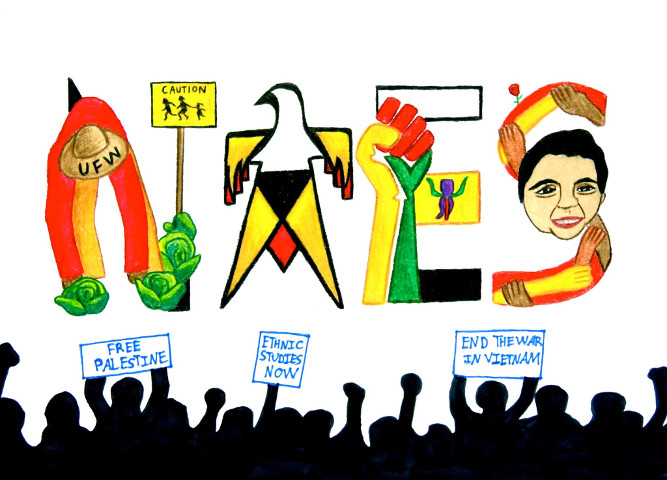Explorations in Sights and Sounds

Orginal Publication Date
1984
Journal Title
Explorations in Sights and Sounds
Volume
4
Issue
ess/vol4/iss1
First Page
77
Last Page
78
Abstract
In the 1920s, Chief Buffalo Child Long Lance, reputedly a Blood (or Blackfoot) Indian, was the talk of New York City. A graduate of Carlisle Indian School, a cadet at West Point, a war hero, and a sparring mate for Jack Dempsey, Long Lance was the American Indian made good. He was a journalist of some renown, an eloquent speaker, and a self ordained "spokesman for the Indians of America." Before the decade was finished he had written a highly popular autobiography of his life on the Canadian Plains, actually chased off wolves and speared a moose for his role as an Ojibwa warrior in a silent movie, and attended New York social functions regularly, sometimes in buckskin, sometimes in full dress tuxedo. He was the authentic Indian hero come to the metropolis. Or was he? As the Great Depression hit full force, various investigations revealed that Long Lance was living a lie. Instead of being a chief of the Blood, he was, in fact, Sylvester Long, originally of Winston, North Carolina. Rumors that he was half-black circulated, with the inevitable result that friends spurned him and he plunged into near-obscurity. Despondent, abusive, drunken, suicidal, and broke, Long Lance finally blew his brains out at his patroness' home in 1 932. He was only forty-two years of age.
Rights
Copyright, ©EES, The National Association for Ethnic Studies, 1984


